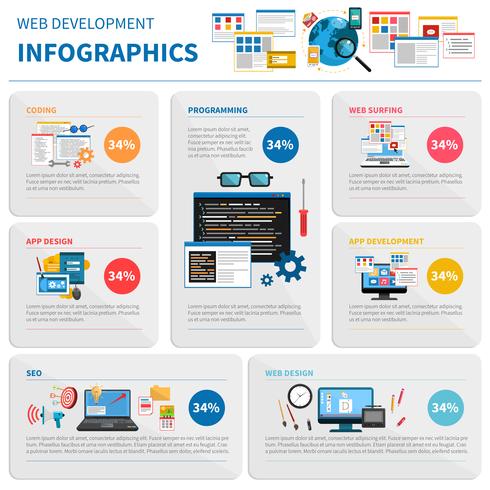In the past, websites were basic and focused on details. Navigating was straight, and style was for desktops. Currently, user experience is crucial. Data guides styles for easy navigation. see page suit different devices. Today, dark setting decreases stress, and minimal menus boost navigation. Interactive functions engage individuals, and bold visuals attract attention. AI combination increases engagement. See exactly how layout has evolved to improve your on-line trip.
Early Days of Website Design
In the very early days of website design, simpleness reigned supreme. Websites were fundamental, with limited colors, typefaces, and formats. The focus was on offering details instead of fancy visuals. Customers accessed the net via slow dial-up links, so speed and performance were key.
Navigating food selections were straightforward, usually situated on top or side of the page. Websites were developed for computer, as mobile surfing had not been yet common. Material was king, and developers prioritized simple readability over complicated layout components.
HTML was the main coding language used, and designers had to function within its restraints. Computer animations and interactive features were very little contrasted to today's criteria. Internet sites were static, with little dynamic web content or personalized user experiences.
Rise of User-Focused Design
With the development of website design, a change in the direction of user-focused layout principles has actually become increasingly noticeable. Today, creating internet sites that prioritize user experience is crucial for engaging visitors and accomplishing service objectives. User-focused style entails comprehending the requirements, choices, and actions of your target audience to customize the site's format, web content, and includes appropriately.
Developers currently perform detailed research, such as user studies and use testing, to gather insights and feedback straight from users. This data-driven strategy aids in creating user-friendly navigating, clear calls-to-action, and visually attractive user interfaces that reverberate with site visitors. By putting Recommended Website at the center of the design procedure, internet sites can supply a more individualized and delightful experience.
Receptive layout has also become a vital facet of user-focused design, making sure that web sites are optimized for different gadgets and display sizes. This versatility improves availability and functionality, catering to the varied ways users engage with sites today. Basically, the rise of user-focused layout indicates a shift towards creating digital experiences that focus on the needs and assumptions of the end user.
Modern Trends in Website Design
Explore the most recent trends shaping website design today. One noticeable trend is dark setting layout, providing a smooth and contemporary appearance while lowering eye pressure in low-light atmospheres. An additional crucial pattern is minimalist navigating, streamlining food selections and improving customer experience by focusing on essential elements. Incorporating micro-interactions, such as animated switches or scrolling results, can create a more engaging and interactive site. Responsive style stays crucial, making sure seamless individual experiences throughout different gadgets. In addition, making use of strong typography and asymmetrical layouts can include aesthetic interest and accentuate particular material.
Integrating AI innovation, like chatbots for client assistance or customized referrals, enhances individual interaction and improves procedures. Availability has additionally become a considerable pattern, with developers prioritizing comprehensive style techniques to accommodate varied customer needs. Embracing sustainability by maximizing web site performance for rate and effectiveness is one more emerging pattern in web design. Working together with individual comments and information analytics to iterate and improve style continually is important for staying pertinent in the ever-evolving electronic landscape. By accepting these modern fads, you can produce a visually attractive, easy to use web site that resonates with your target market.
Verdict
As you reflect on the development of web site layout from the very early days to now, you can see how user-focused layout has ended up being the driving force behind contemporary patterns.
Welcome the journey of modification and adaptation in web design, constantly keeping the customer experience at the forefront.
Remain existing with the current fads and technologies, and never quit progressing your strategy to produce aesthetically magnificent and user-friendly internet sites.
Develop, adapt, and create - the future of web design remains in your hands.
